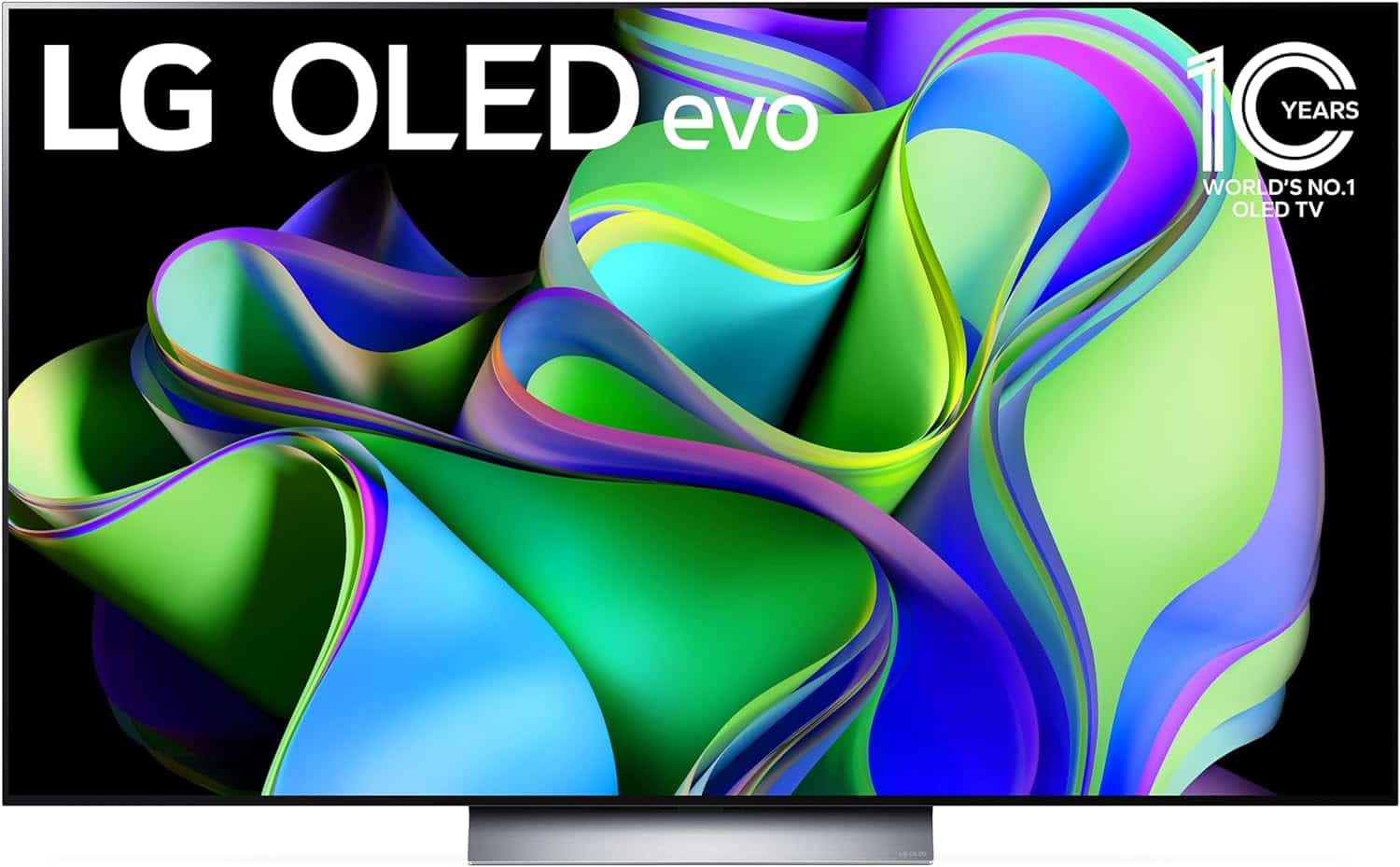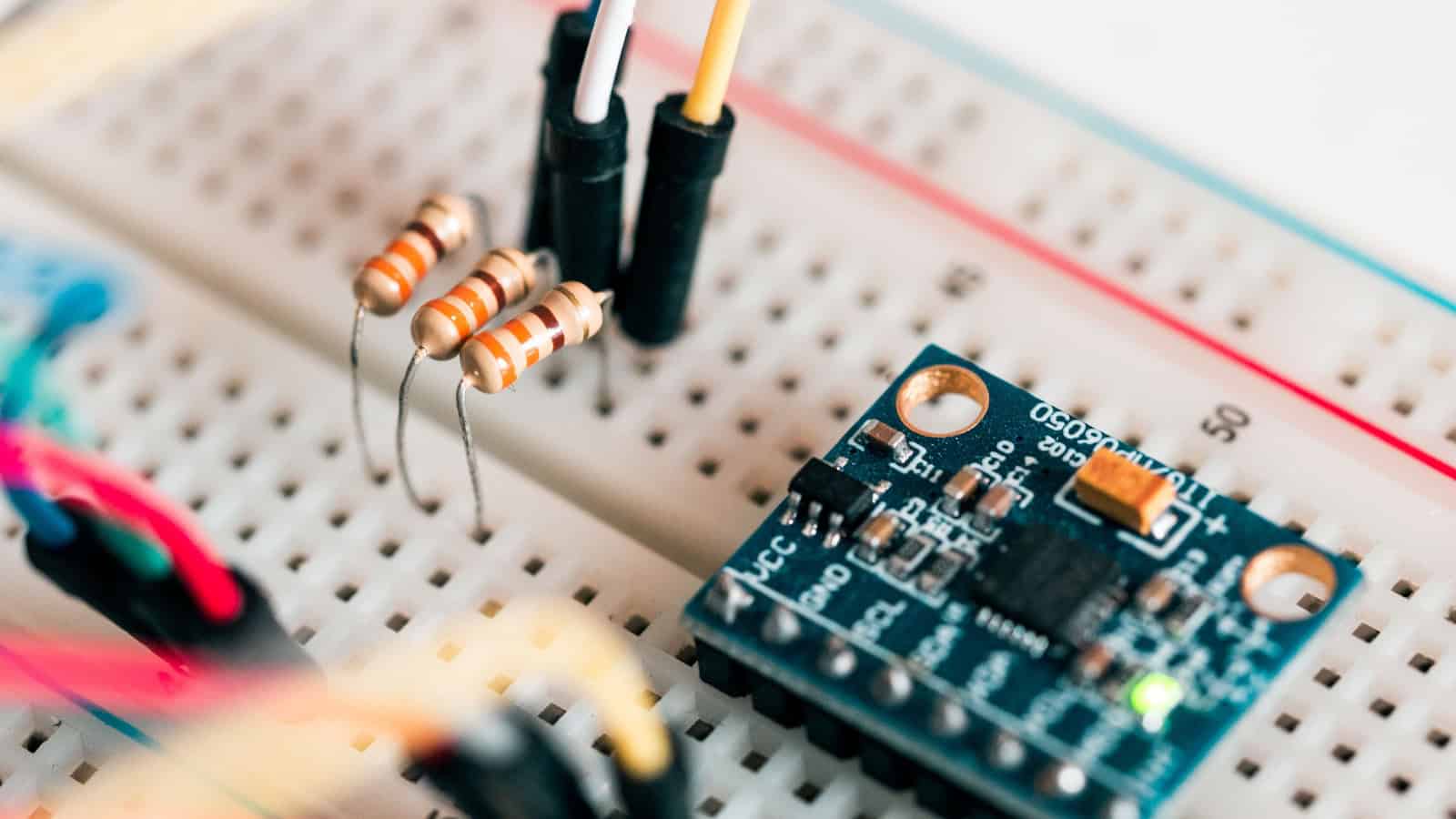Electricity powers almost everything in our lives—from the lights in our homes to the phones in our pockets. But how does this invisible force actually work? In this guide, we’ll break it down in simple terms so you can understand the basics of electricity, how it’s generated, and how it travels to power your world.
⚡ What Is Electricity?
Electricity is a form of energy caused by the movement of electrons. At its core, all matter is made up of atoms, which contain:
- Protons (positive charge)
- Neutrons (no charge)
- Electrons (negative charge)
When electrons move from one atom to another, we get electric current—and that’s electricity.
🔌 Types of Electricity
There are two main types:
- Static Electricity
This is what you feel when you rub a balloon on your hair or walk across a carpet and touch a doorknob. It’s the build-up and sudden discharge of electric charge. - Current Electricity
This is the type that powers your devices. It flows through wires and circuits, usually in one of two forms:- Direct Current (DC) – Electrons flow in one direction (used in batteries).
- Alternating Current (AC) – Electrons rapidly change direction (used in home outlets).
⚙️ How Electricity Is Generated
Electricity can be generated using various energy sources. Here’s how:
- Burning Fossil Fuels
Power plants burn coal, oil, or gas to heat water. The steam turns turbines, which spin magnets inside wire coils, generating electricity. - Nuclear Power
Nuclear reactions heat water to create steam that spins turbines. - Renewables
- Hydropower: Water flows through turbines.
- Wind Power: Wind spins turbine blades.
- Solar Panels: Convert sunlight directly into electricity using photovoltaic cells.
🔄 The Journey of Electricity
Here’s how electricity gets from the power plant to your home:
- Generation – Electricity is created at a power plant.
- Transmission – It travels long distances through high-voltage power lines.
- Substations – Voltage is lowered so it’s safe for local use.
- Distribution – Electricity flows through neighborhood power lines to homes and businesses.
- Outlet – Plug in a device, and electricity flows into it to make it work.
🔋 Key Concepts to Know
- Voltage (V): The force pushing electric charges through a conductor.
- Current (A): The flow rate of electric charge (measured in Amperes).
- Resistance (Ω): How much a material resists the flow of electricity.
- Circuit: A closed loop that allows current to flow. It must be complete; if it’s broken, electricity can’t flow.
🔧 Everyday Examples
- Light Switch: Opens or closes a circuit to turn a light on or off.
- Smartphone Charger: Converts AC power from the wall into DC power your phone can use.
- Electric Car: Stores electricity in a battery and uses it to power a motor.
🛡️ Safety First
Electricity can be dangerous. Always:
- Keep water away from electrical devices.
- Don’t overload outlets.
- Use surge protectors.
- Hire licensed electricians for home repairs.
✅ Summary
Electricity is the flow of electrons through a conductor. It’s generated in many ways, transmitted over long distances, and transformed into a safe form to use in your home. Understanding how it works helps you use it more safely and efficiently.
What Is OLED TV Technology

OLED TVs continue to dominate the premium television market in 2025, offering viewers an unmatched visual experience. These cutting-edge displays use organic light-emitting diodes that create their own light when electricity passes through them. Unlike traditional LED TVs, OLED panels don’t need a backlight.
OLED technology delivers perfect blacks, infinite contrast ratios, and vibrant colors that make content come alive in your living room. The self-lighting pixels can turn completely off when displaying black, creating true darkness that other TV technologies simply cannot match. This feature has made OLED particularly popular for movie enthusiasts and gamers who want the most immersive experience possible.
The good news for consumers is that OLED TVs have become more affordable in recent years. While they once commanded premium prices only the wealthy could afford, manufacturers like Samsung and LG have introduced more budget-friendly options without sacrificing the core benefits of OLED technology. This accessibility has helped OLED TVs gain significant market share as more people experience their superior picture quality.
OLED stands for Organic Light-Emitting Diode. It’s a display technology that works fundamentally differently from traditional LED (which are actually LED-backlit LCD) TVs. Here’s how it works and what makes it special:
How OLED Works:
- Self-Emitting Pixels: Unlike LCDs that require a separate backlight to illuminate their pixels, each individual pixel in an OLED display is an organic light-emitting diode that generates its own light when an electric current is applied.
- Organic Material: The “organic” part refers to the carbon-based film that sits within the panel. This film is the emissive layer that produces light.
- No Backlight Needed: Because each pixel is self-illuminating, there’s no need for a backlight. This allows OLED TVs to be incredibly thin and often flexible.
- Perfect Blacks: The most significant advantage of OLED is its ability to achieve “perfect blacks.” When an OLED pixel needs to display black, it simply turns off completely. This means there’s no light bleed, resulting in truly inky, infinite blacks that offer incredible contrast.
- Vibrant Colors: By controlling the light output of each individual red, green, and blue sub-pixel, OLED displays can produce exceptionally vibrant and accurate colors.
- Fast Response Times: OLED pixels can switch on and off almost instantaneously, leading to incredibly fast response times. This is particularly beneficial for fast-moving content like sports or video games, as it minimizes motion blur.
- Wide Viewing Angles: Since each pixel emits its own light, OLED displays maintain consistent color and contrast even when viewed from extreme angles.
Key Advantages of OLED TV Technology:
- Infinite Contrast: This is the hallmark of OLED, allowing for stunning depth and realism in images.
- Perfect Black Levels: Achieved by individual pixel dimming/turning off.
- Vibrant and Accurate Colors: Due to the self-emissive nature of the pixels.
- Excellent Motion Handling: Extremely fast response times reduce blur.
- Wide Viewing Angles: Picture quality remains consistent from nearly any angle.
- Thin and Lightweight Designs: The absence of a backlight allows for incredibly thin form factors.
Potential Considerations:
- Brightness: While modern OLEDs have improved significantly in brightness, some traditional LED TVs (especially those with mini-LED backlights) can achieve higher peak brightness levels, which might be a factor in very brightly lit rooms.
- Burn-in: In rare cases, if static images are displayed for very long periods, OLED screens can experience “burn-in” or image retention. However, manufacturers have implemented various technologies to mitigate this risk, and it’s less of a concern with normal viewing habits.
Overall, OLED TV technology is highly regarded for its superior picture quality, particularly its ability to deliver unparalleled contrast and true black levels, making it a favorite among cinephiles and gamers.
Key Takeaways
- OLED TVs provide perfect blacks and infinite contrast through self-lighting pixels that can completely turn off.
- The technology has become more affordable, with prices dropping significantly over the past few years.
- Major manufacturers continue to advance OLED technology with improvements in brightness, color accuracy, and gaming features.
Advancements in OLED TV Technology
OLED technology continues to evolve rapidly with significant improvements in panel design, picture quality, and energy efficiency. These advancements are changing how we experience television in our homes.
OLED Panels and Their Evolution
The latest OLED panels have undergone remarkable transformation since their introduction. At CES 2025, LG Display showcased a breakthrough technology that delivers a 40% increase in color brightness. This advancement addresses one of the few weaknesses of traditional OLED displays compared to other technologies.
The fundamental structure of OLED (Organic Light Emitting Diode) screens uses organic compounds that emit light when electricity passes through them. This enables self-emissive pixels that can turn on and off independently.
New hybrid technologies like QD-OLED combine quantum dots with OLED to enhance color purity and brightness even further. The latest LG models (C5, G5, and M5 Series) feature these next-generation panels.
Picture Quality and Performance Improvements
OLED TVs create perfect black levels with infinite contrast since pixels can completely turn off. This capability remains a significant advantage over other display technologies.
Recent models offer 4K resolution with 144Hz refresh rates, ideal for both cinephiles and gamers. The LG G5 includes “Brightness Booster Ultimate” technology that pushes luminance levels higher than ever before.
Color accuracy has also improved dramatically. The latest panels display a wider color gamut with better precision than previous generations.
Motion handling has been refined to reduce blur during fast-moving scenes. This makes modern OLED TVs excellent for sports and action movies.
Efficiency and Power Consumption
Researchers recently announced a breakthrough that could lead to more energy-efficient OLED TVs. This innovation addresses one of the technology’s historical drawbacks.
Modern OLED panels use less electricity while producing more brightness than earlier generations. New pixel structures help distribute power more effectively across the screen.
The ability to turn off individual pixels not only creates perfect blacks but also saves energy. Dark scenes in movies consume significantly less power than on other TV technologies.
Advanced power management systems in the latest models adjust brightness dynamically based on content and ambient light conditions. This further reduces energy usage during everyday viewing.
Comparative Analysis and Market Trends
The OLED TV landscape continues to evolve with significant technological advancements and market growth. Current projections show the global OLED market expanding at a CAGR of 19.4% from 2024 to 2030, with remarkable innovations from leading manufacturers.
OLED versus LCD and Mini-LED Technologies
OLED technology offers distinct advantages over traditional LCD and newer Mini-LED displays. The primary difference lies in how images are created – OLED pixels generate their own light, while LCD and Mini-LED require backlighting.
Key Differences:
- Contrast: OLED delivers perfect blacks by turning pixels completely off
- Response Time: OLED offers faster pixel response (0.1ms vs 1-5ms for LCD)
- Viewing Angles: OLED maintains color accuracy at wide angles
- Thickness: OLED panels are significantly thinner than LCD/Mini-LED
Mini-LED technology, seen in models like the Hisense U8N, attempts to bridge the gap with thousands of dimming zones, but still cannot match OLED’s pixel-level precision. LCD remains more affordable but struggles with motion handling and black levels that OLED handles effortlessly.
Despite OLED’s superior picture quality, LCD and Mini-LED still dominate in pure brightness output, making them better choices for very bright rooms.
Top Performers in the OLED Market
LG continues to lead the OLED TV market with their innovative product lines. The latest G5 Series and wireless M5 models showcase cutting-edge technology with improved brightness and processing capabilities.
Market Leaders (2025):
- LG – Maintains dominant market share with comprehensive lineup
- Sony – Premium positioning with superior processing
- Samsung – Growing presence with QD-OLED technology
- Panasonic – Strong in European and Japanese markets
The most significant advancements appeared at CES, where manufacturers revealed 77-inch and larger models with brightness levels previously unattainable for OLED technology. These improvements address one of OLED’s historical limitations.
Price points continue to decrease, making premium OLED technology more accessible to mainstream consumers. The market expansion to $136.49 billion by 2030 reflects growing consumer preference for superior picture quality.
Integration with Smart Ecosystems
Modern OLED TVs now function as comprehensive smart home hubs. Integration with voice assistants like Google Assistant enables seamless control of connected devices throughout the home.
Most premium OLED models feature dedicated processors for AI-enhanced picture and sound optimization. These systems analyze content in real-time to deliver optimal performance based on viewing conditions and content type.
Streaming services benefit from OLED’s superior contrast and color reproduction. Netflix, Disney+, and other platforms now optimize content specifically for OLED displays.
The latest models include gaming-specific features:
- Variable refresh rates up to 144Hz
- Auto low-latency mode
- 4K/120Hz support
- HDMI 2.1 connectivity
Smart home integration continues to expand, with OLED TVs serving as control centers for lighting, security, and other connected devices through standardized protocols.
Frequently Asked Questions
OLED TV technology continues to evolve rapidly, bringing new advancements while maintaining its position as a premium display option. Here are answers to common questions about the current state of OLED television technology.
What are the latest advancements in OLED TV technology?
The 2025 OLED TVs feature significantly improved brightness levels, addressing one of the technology’s historical limitations. Manufacturers have developed new materials that allow pixels to emit more light without reducing lifespan.
Processing capabilities have also advanced, with AI-powered chips that optimize image quality in real-time based on content type. This means sports, movies, and games all receive tailored enhancements.
Environmental sustainability has become a focus, with newer OLED panels using less power while maintaining premium picture quality. Several manufacturers now use recycled materials in construction and packaging.
How does OLED technology compare to QLED for modern television displays?
OLED displays continue to provide perfect black levels since each pixel can turn completely off. This creates infinite contrast ratios that QLED TVs cannot match despite their brightness advantages.
QLED technology uses quantum dots with LED backlighting, allowing for greater brightness but less precise light control. This makes QLEDs better for very bright rooms, while OLEDs excel in moderate to low lighting.
Viewing angles remain superior on OLED panels, with consistent color and contrast when viewed from the side. QLEDs have improved but still show some degradation when viewed off-center.
What are the best OLED TV models available in 2025?
The LG G5 OLED series stands out with its remarkable brightness and updated AI processor. It offers gaming features including 144Hz refresh rates and improved heat management systems.
Sony’s A90L Master Series combines OLED technology with their cognitive processing for outstanding motion handling and upscaling. Their audio integration with screen surface vibration creates immersive sound.
Samsung’s S95D OLED lineup brings their processing expertise to OLED panels with anti-reflection coating that virtually eliminates glare. Their connected home features also set them apart from competitors.
Are there cost-effective OLED TV options that provide high-quality viewing experiences?
Mid-range OLED models from companies like Hisense and TCL have dramatically improved, offering much of the premium OLED experience at lower price points. These typically use panels from major manufacturers with simplified features.
Last-generation premium models offer excellent value as they see significant discounts when new models arrive. A 2024 high-end OLED often costs less than a 2025 mid-range model with similar performance.
Smaller OLED TVs (42-48 inches) have become more affordable while maintaining excellent picture quality. These provide an entry point for experiencing OLED technology without the premium of larger screens.
What should consumers consider before purchasing an OLED TV for their home?
Room lighting conditions matter significantly with OLED displays. These TVs perform best in rooms with controlled lighting, while very bright spaces may diminish their contrast advantages.
Content consumption habits should influence decisions. OLED excels with movies and shows with dark scenes, while news programs or sports with static elements benefit less from OLED’s advantages.
Gaming needs require attention to specific features like refresh rates and input lag. Most 2025 OLED models support variable refresh rates and HDMI 2.1, but specifications vary between manufacturers.
What are the potential drawbacks or limitations of owning an OLED TV?
Burn-in remains a concern, though significantly reduced in newer models. Static elements displayed for extended periods may leave ghost images, though manufacturers have implemented various preventative technologies.
Price continues to be higher than comparable LCD/LED options. While the gap has narrowed, consumers still pay a premium for OLED technology.
Maximum brightness levels, while improved, still don’t match the peak output of premium QLED displays. This can affect viewing in very bright environments or with HDR content that benefits from intense highlights.







